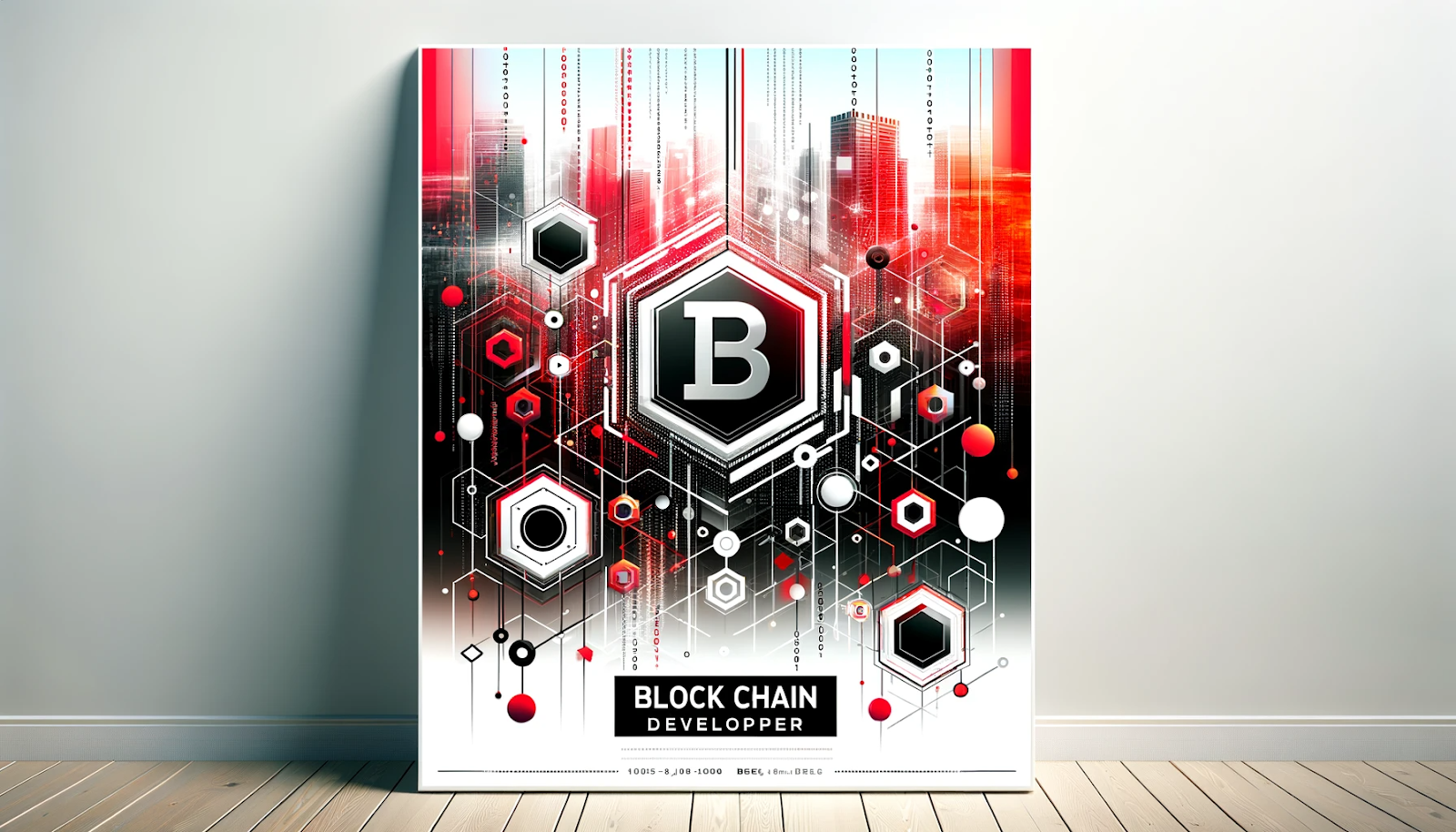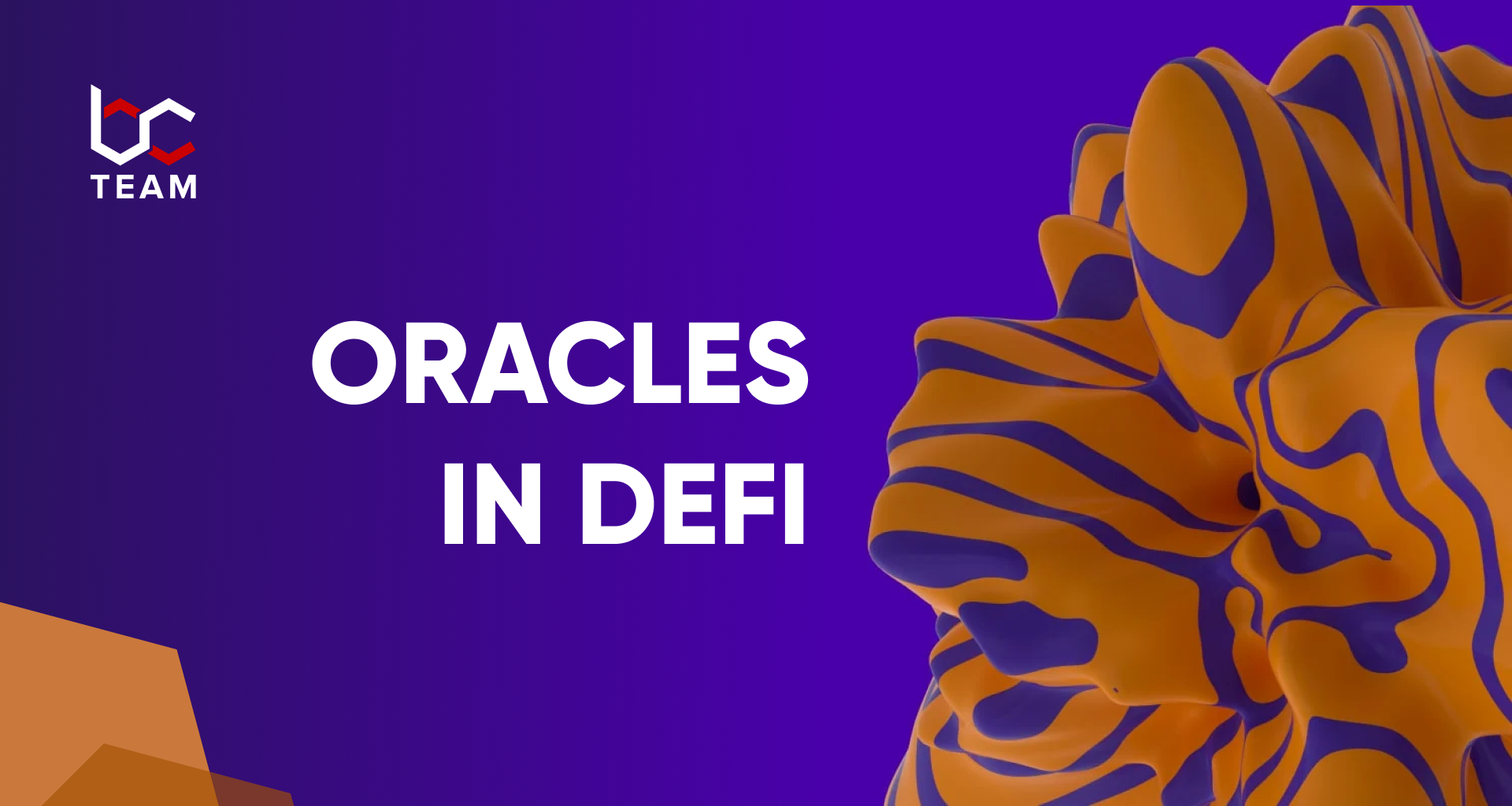NEAR Protocol: the Upside and the Downside for DApp Developers

There are many platforms out there today vying for the title of “Ethereum killer”. We are going to weigh the pros and cons of one of its top challengers. NEAR Protocol is a new blockchain designed to address the issues weighing down Ethereum operations, such as long transaction times, limited throughput capacity, high commissions, as well as poor compatibility with other blockchains and decentralized apps (DApps).
The Upside
Enormous technological efficiency
NEAR provides the ability to launch blockchain apps en masse developed for cryptocurrency operations, identification systems, games, and any other types of DApps. NEAR has addressed the issues experienced on Ethereum by implementing a delegated Proof-of-Stake blockchain along with sharing. Sharding provides that every block in NEAR stores transactional records in all the chains.. This segmentation technology, along with Nightshade consensus algorithms, provides for theoretically endless scalability and renders mass use as well as integration of DApps possible. Each segment receives support from its own network of validators ensuring that all the segments work in unison.
Sharding technology (segmenting) that NEAR uses splits the blockchain up into numerous segments which provides for parallel processing of transactions. This means that the transactions are grouped and executed in all segments simultaneously. All protocol chains form part of one unified blockchain with transaction records stored in all the blocks in the blockchain. Compared to first-generation blockchains Bitcoin and Ethereum, NEAR claims to produce up to one hundred thousand transactions per second, which is approximately 3,333 times the speed that Ethereum operates at. Part of the reason for this is the “Doomslug Finality” principle, according to which all transactions are final. In addition, due to the additional reason that only half the members to a transaction have to be online, transactions are completely sooner still.
Low entry threshold
One of the primary appeals to NEAR blockchain is its low entry threshold and unorthodox portability with other blockchain networks. WebAssembly renders the in-browser blockchain cross-platform and contracts can be created in Rust or JavaScript. NEAR’s creators also produced an array of templates designed for third-party developers. Consequently, even beginner developers can create their own app and launch it in a matter of minutes. Meanwhile, users have the ability to give ordinary names to their accounts that don’t contain long strings of unfamiliar symbols. This time freed up for developers enables them to put more energy producing apps, which is in itself one of the most important factors in the success of a blockchain.
NEAR’s Rainbow Bridge with ETH renders the network totally compatible with Ethereum, rendering ERC-20 tokens to be convertible for $NEAR tokens. Furthermore, DApps developers can duplicate these apps on NEAR without any significant changes. This has become possible in light of the integration of Aurora protocol which is compatible with Ethereum’s EVM. Furthermore, developers are offered startup tokens which can easily be transferred to other networks or they can sell their accounts altogether if they wish, presenting an extra income opportunity. Developers are also given the ability to produce their own tokens along with the ability to use single-use private keys.
Massive capital
With the ease of portability, the additional 800 million dollars in grants that NEAR has received, and 30% of that dedicated to 250 million of that, it is very difficult for developers to resist making the easy jump to NEAR network. In addition, the larger the network becomes, the greater the revenue that developers will get. NEAR’s commission is currently 10 times lower than that of Ethereum. Consequently, NEAR is acquiring a large user base.DApps developers, in turn, receive up to 30% commission off user transactions. NEAR has implemented a 10% transaction fee to further help further finance the system which, in turn, helps minimize the rate of inflation. Consequently, its full-time developers have now topped 100 and its growth over the past year was 291%.
Extensive training and community
This funding has also been sufficient to cover for competitions and education for those who wish to study how NEAR works and develop proficiency. Documentation is excellent and it’s frequently updated on GitHub. NEAR University is a special, sponsored offer that allows anyone to learn to develop apps on NEAR. The program is split up into three levels: beginner level (“Analyst”), intermediate (“Developer”), and advanced (“Instructor”), with each course free of charge. NEAR’s developers form a community on their own, participating in an active forum where they share ideas and make proposals for NEAR’s continued development and management.
The Downside of NEAR
Stiff competition
The sheer number of alternatives trying to supplant Ethereum make fighting for attention difficult. Solana for instance is perhaps NEAR’s most formidable competitor. Both blockchains are financed by venture capitalists. NEAR so far has been inefficient at marketing itself. Solana currently has a more attractive token price and has attracted a greater number of developers. However, NEAR has shown a stunning rate in developer growth with the number of its developers quadrupling in the year 2021.
There currently is only a limited number of exchanges where NEAR is traded, not one of them in the United States, which limits the ability to promote the blockchain to buyers in the world’s largest economy. NEAR can be traded on the exchanges Binance, Upbit, Kucoin, and Huobi; however, the cryptocurrency is not listed on such large exchanges as Kraken, FTX US, BitStamp, and Coinbase. Solana is already actively trading on those exchanges.
Low native developer ratio
The trait that has given NEAR a rapid infusion of developers on its platform is a double-edged sword. Despite that NEAR offers a great incentive for projects to migrate to NEAR, these developers also migrate away from NEAR to other platforms as well. The number of developers on multiple chains is more than double the number of native NEAR developers.
Greater need for validators
NEAR’s sharding creates a special situation for validators whose job it is to oversee transactions. Under the Nightshade system, each block contains all transactions for all of the segments and this also changes their general condition. Each segment in the network is technically treated as a separate chain of blocks which maintains its own resources along with a number of validators checking the transactions.
Thanks to this fragmentation, the state of the entire blockchain doesn’t have to be loaded all at once, which reduces the equipment requirements for nodes. Not a single participant loads the entire state of the blockchain or an entire logic block. Each participant of the network only maintains the state that corresponds to the segment that they are checking transactions for while the list of all transactions is broken down into physical fragments with one fragment per segment. Thus, validators cannot control operations through network segments at once like they can in the case of the main unified blockchain. This calls for an increase in the number of validators necessary.
High validator threshold
However, there is a high cost to become a validator and gain a seat in one of the segments – 60,000 NEAR tokens while the current course is 3.4 $NEAR/USD. This translates to greater than a 200,000 USD requirement to become a validator. That leaves a deficit of validators necessary to account for the security of the blockchain and protect against cyber criminals looking for vulnerabilities to exploit. As a result, there still aren’t 100 validators in the network. NEAR has partially addressed this with creative randomness methods by undermining most such attempts. However, this fails to handle 1/3 of intruder attempts. NEAR network plans to address this issue by lowering the required threshold in order to become a validator. Another issue to address is that these validators, representing a tiny portion of all $NEAR holders, also enjoy all the voting power and make all the decisions when it comes to changes made within the network.
Insufficient testing
Further compounding this circumstance is there hasn’t been sufficient testing providing transaction security, nor have the claims of the platform’s lofty transaction speed been empirically proven. Questions arise as to whether NEAR’s network could in fact scale up to handle a large capacity of users. While NEAR is still in the process of growing, it must conduct testing to prove in practice how well the network holds up to massive quantities of transactions.
Conclusion
Time will tell if it can handle the limitations of numerous formidable competitors, limited presence on exchanges, little testing, security issues, and validator challenges. In any case, NEAR appears to have carved itself a significant notable role in the blockchain technology race for the forseeable future. Low transaction fees, minimal entry threshold, vast amounts of funding, rapid growth in developers, and having a public, adaptable code allowing for third-party component integration with practically any software render NEAR protocol one of the most attractive options currently for developers to base their apps on.


